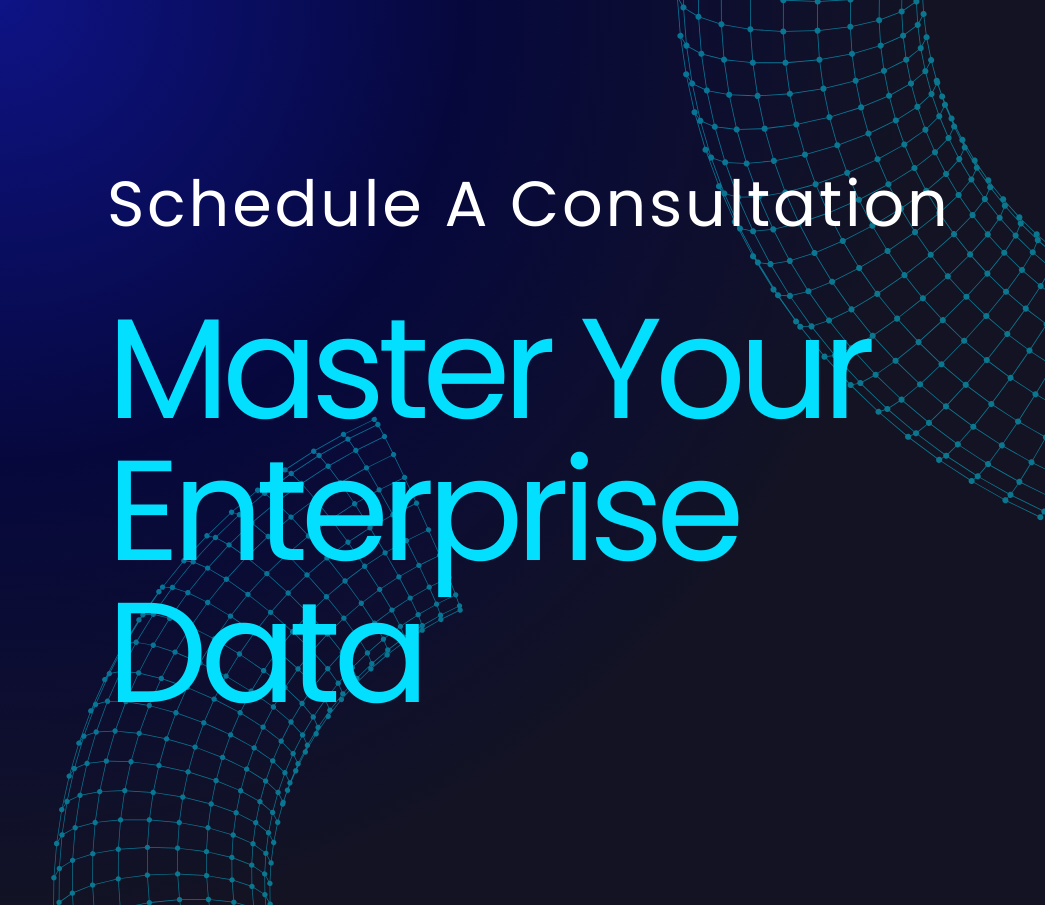The data landscape is undergoing a seismic shift with the emergence of Data Lakehouses. This architectural paradigm is not just another buzzword; it’s redefining how enterprises approach data governance, blending the flexibility of data lakes with the performance of data warehouses. According to a 2023 Databricks study, organizations implementing Data Lakehouse architectures have seen a 47% improvement in data governance effectiveness. This isn’t a marginal gain—it’s a fundamental reimagining of how we control, manage, and derive value from our most critical asset: data.
- The Governance Revolution: Unifying Data Control
- The Unified Governance Framework: More Than Just a Pretty Diagram
- Data Lineage: The Unsung Hero of Lakehouse Governance
- Compliance Management: From Nightmare to Competitive Edge
- The Security Conundrum: Balancing Access and Protection
- The Future of Data Lakehouse Governance: AI, Automation, and Beyond
The key point is: implementing a Data Lakehouse for governance isn’t like flipping a switch. It requires a fundamental rethinking of your data strategy, processes, and organizational culture. Are you ready for that level of change? This guide will navigate you through the complexities of Data Lakehouse governance, from unified frameworks to AI-driven future trends. We’ll explore how this architecture turns compliance from a burden into a competitive advantage and transforms security from a barrier to an enabler of innovation. Buckle up—we’re about to embark on a journey that will reshape your understanding of enterprise data governance.
Overview
- Data Lakehouses revolutionize governance by combining data lake flexibility with warehouse performance, leading to a 47% improvement in governance effectiveness.
- Unified governance frameworks in Data Lakehouses leverage rich, automated metadata as the foundation for trust, access, and utilization across organizations.
- Data lineage emerges as a critical component in Lakehouse environments, enabling real-time tracking of data provenance and significantly reducing compliance audit times.
- Compliance management in Data Lakehouses transforms from a reactive process to a proactive, competitive advantage, with organizations reporting higher revenue growth.
- Security in Data Lakehouses shifts from a “lock it down” mentality to an intelligent, adaptive system that ensures appropriate access while maintaining robust protection.
- The future of Data Lakehouse governance is AI-driven, with systems that can automatically classify data, predict compliance issues, and dynamically adjust access controls.


















